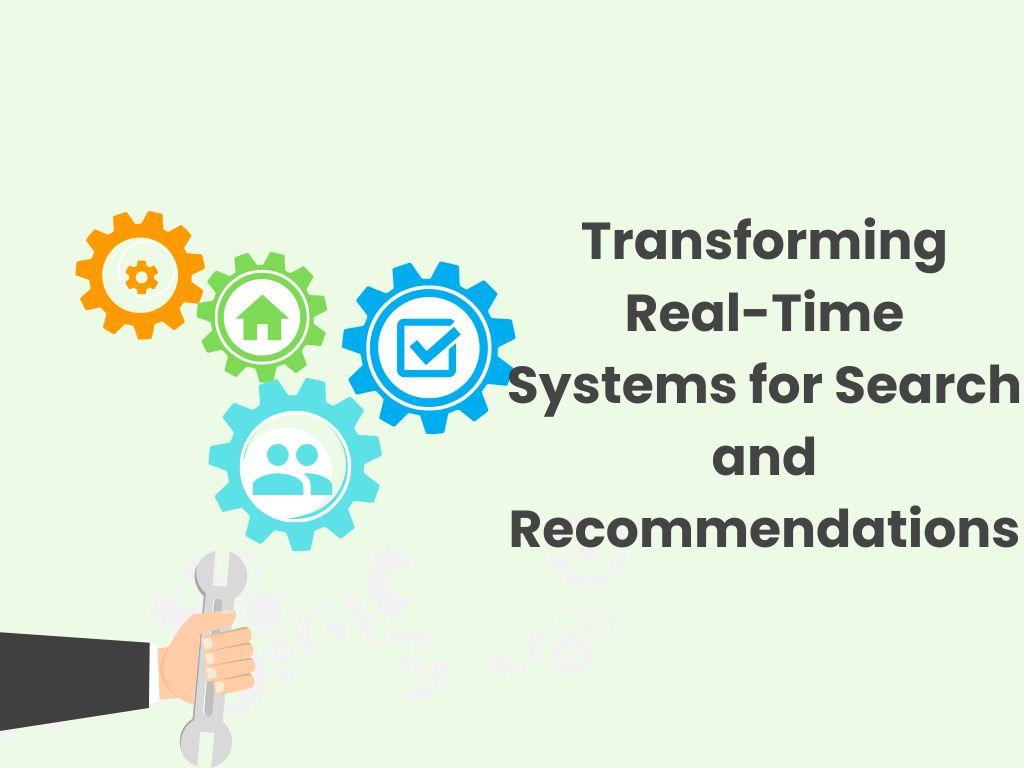In today’s fast-paced digital world, real-time data processing systems are the unsung heroes powering our everyday experiences. Whether it’s getting product recommendations while shopping online, tracking a delivery, or watching a movie without buffering, these systems ensure everything happens in the blink of an eye. Researcher Vedant Agarwal, an expert in scalable architectures, sheds light on how these systems overcome the challenges of speed, scale, and accuracy, delivering seamless and efficient services that we often take for granted.
Building Systems for Speed, Scale, and Accuracy
Managing speed in real-time systems is no small feat, especially when millions of interactions occur daily. For example, during a major online sale, platforms must handle tens of thousands of concurrent users, all expecting instant responses. By using methods like partition-aware scheduling, platforms can reduce delays by nearly 45%, ensuring users see results within milliseconds. Efficient caching systems further boost speed, allowing updates to sync across multiple servers within 150 milliseconds.
Scalability is equally important. Platforms like streaming apps or e-commerce sites often face traffic spikes during popular events, such as an artist releasing a new album or Black Friday sales. Modern systems spread the workload across hundreds of servers, using machine learning to allocate resources more effectively, saving costs while delivering smooth experiences. For instance, dynamic partitioning ensures that even complex queries, such as personalized recommendations, complete within 50 milliseconds. This means users can continue browsing or watching uninterrupted, even during peak usage.
Accuracy, or data consistency, is just as vital. Imagine liking a post on social media and seeing the update appear instantly across devices. This level of reliability requires balancing performance and precision. Techniques like write-ahead logging and snapshot isolation help maintain consistent data even during heavy usage, ensuring platforms remain reliable no matter how large they scale. These technologies ensure that whether you’re tracking your food delivery or streaming the latest blockbuster, the information is accurate and up-to-date.
Driving Efficiency Through Technology and Innovation
The backbone of real-time systems is the architecture that keeps data flowing smoothly. Data pipelines are at the heart of this process, capable of handling staggering amounts of information—up to 100 terabytes daily in some cases. For example, a ride-hailing app processes thousands of location updates every second to ensure drivers and riders stay perfectly in sync. Automated tools that detect and fix errors early reduce disruptions by 60-70%, keeping everything running efficiently even during busy hours.
Modern technology stacks like Apache Kafka have revolutionized how platforms handle large-scale data. Kafka can manage over a million messages per second with delivery times under 10 milliseconds, making it a cornerstone for handling real-time events like search queries or product recommendations. These systems pair seamlessly with distributed storage solutions, which not only safeguard vast amounts of data but also ensure fast retrieval during peak loads. For instance, during a global sports event, these systems ensure viewers can access real-time scores without delays.
Looking ahead, AI-powered personalization and serverless architectures promise to make these systems even smarter and more adaptive. AI will allow platforms to better predict user needs, offering tailored recommendations or dynamic pricing adjustments in real time. Serverless designs will help companies scale efficiently, reducing costs and operational overhead. Enhanced security measures, such as zero-trust frameworks and automated threat detection, will also play a critical role in safeguarding sensitive user data as these platforms grow more complex.
As Vedant Agarwal highlights, real-time data processing systems are the backbone of today’s digital platforms, enabling everything from personalized shopping experiences to smooth streaming and efficient delivery tracking. By embracing smarter architectures, faster pipelines, and innovative technologies, companies can meet the ever-growing demands of users while staying prepared for the challenges of tomorrow. Whether it’s a quick recommendation or a flawless online experience, these systems ensure the digital world remains fast, reliable, and secure, powering the conveniences we rely on every day.



































